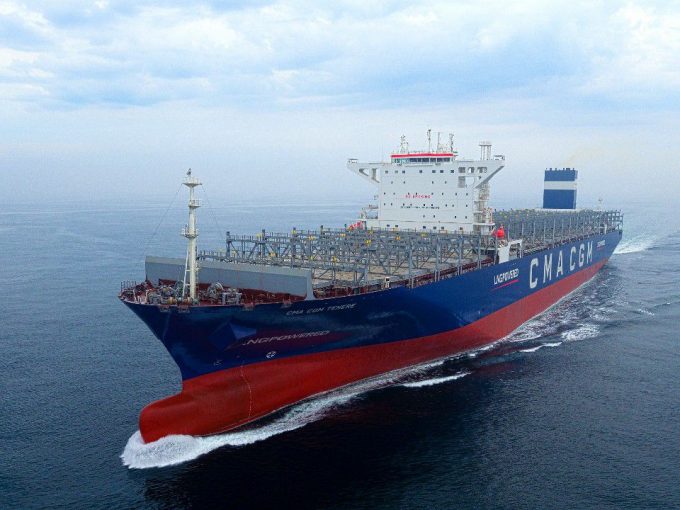After stellar ZIM delivery, it's 'happy birthday' to the Red Sea crisis
One year of joy for some
UPS: MULTI-MILLION PENALTY FOR UNFAIR EARNINGS DISCLOSUREWTC: PUNISHEDVW: UNDER PRESSUREKNIN: APAC LEADERSHIP WATCHZIM: TAKING PROFITPEP: MINOR HOLDINGS CONSOLIDATIONDHL: GREEN DEALBA: WIND OF CHANGEMAERSK: BULLISH CALLXPO: HEDGE FUNDS ENGINEF: CHOPPING BOARDWTC: NEW RECORDZIM: BALANCE SHEET IN CHECKZIM: SURGING
UPS: MULTI-MILLION PENALTY FOR UNFAIR EARNINGS DISCLOSUREWTC: PUNISHEDVW: UNDER PRESSUREKNIN: APAC LEADERSHIP WATCHZIM: TAKING PROFITPEP: MINOR HOLDINGS CONSOLIDATIONDHL: GREEN DEALBA: WIND OF CHANGEMAERSK: BULLISH CALLXPO: HEDGE FUNDS ENGINEF: CHOPPING BOARDWTC: NEW RECORDZIM: BALANCE SHEET IN CHECKZIM: SURGING

The relative price of greener fuel, particularly methanol, will dip below the cost of fossil fuels by 2025, according to the latest report by UK-based Longspur Capital.
Attention All Shipping, published last week, says the EU Emissions Trading System (EU ETS), the FuelEU Maritime initiative and the Energy Taxation directive will have a significant impact on the cost of fuels by 2025.
The report calculates the costs of the “various EU measures per MWh of marine engine output as a way of comparing fuels and assessing the relative costs of each. We have shown the main fossil fuels including hydrogen, ammonia and methanol made using existing natural gas based processes; the so-called grey fuels” and compares these with green fuels.
These included biomethane-derived LNG, hydrogen from electrolysis, ammonia from green hydrogen and the Haber Bosch process and bio-methanol or e-methanol.”
According to the calculations, traditionally-fuelled vessels will be at a significant disadvantage compared to LNG powered vessels by 2025, although this could depend on whether a ship is operating on high-pressure engines, like the latest Zim newbuildings which have a much lower emissions than low pressure engines such as those operated by CMA CGM.
High-pressure units will emit up to 14g of carbon equivalent greenhouse gas (GHG) emissions compared with the worst performing low-pressure engines, on a well-to-wake basis. These are mainly methane emissions, which is a GHG up to 80 times more potent than carbon dioxide.
FuelEU requirements will see a 2% cut in emissions by 2025, rising to 6% by 2030, 20% by 2035 and to 80% by 2050.
In 2025, following the introduction of emissions reduction, the cost of low-sulphur fuel is set at €130/MWh, while LNG is €92/MWh and methanol is €244/MWh. However, with the inclusion of methane slip and other methane emissions from the production and fuel transport process, the picture is substantially altered.
When including methane slip, the report says: “LNG starts to trigger FuelEU thresholds much earlier and, at the high point, will see LNG triggering the 2025 threshold. On that basis, methanol looks cheaper by comparison in all years.”
Longspur Capital said taking into account factors such as the widespread availability of the fuel and some 100 methanol-powered ships already operating or on order, it becomes the cheapest option for the deepsea maritime sector.
Comment on this article